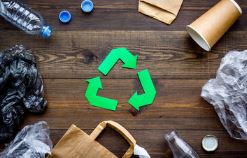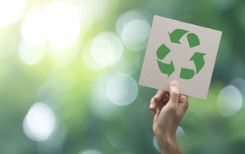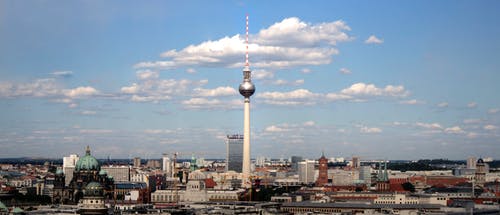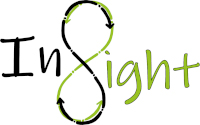Transitioning to a circular economy requires a lot: business innovation, consumer behavior change, new policy frameworks, community engagement. But one thing has to happen before any of those changes can take place: people need to learn what the circular economy is, and how to make it happen.
Behind every business decision and every policy choice is a person or group of people. For circular change to happen, we need those people to understand circularity.
Circular economy is such a complex topic–unsurprising, really, since we are talking about full-scale transformation of every sector of the already complex global economy. You can be in this field for years and still not feel like an expert, because there are so many nuances to each sector’s circular opportunities and challenges. What is important, and often missing, is teaching a circular mindset.
Researchers at IZT have coined the term “circular literacy,” meaning the need for people in a circular society to understand the current system, understand where we want to go, and then understand how to get there, as a prerequisite for making a circular economy a reality. To put it in the paraphrased words of Barack Obama: “to understand the world as it is, to believe in the world as it ought to be, and to learn how to build a bridge between them”.

What is interesting about this framing is how it doesn’t mention materials once, or anything that starts with the prefix “re-.” Often in circular economy conversations, it’s easy to quickly jump to the complicated technical or technological specifics of waste problems or circular solutions, when the reality is that there is actually a ton of low hanging fruit lying around.
We own plenty of stuff that’s fixable, especially clothing, except no one knows how to fix it. We have food that gets thrown away in a grocery store two blocks away from a non-profit that requests food donations, because the store and the non-profit staff have never met. We make packaging designed to be extremely durable so that it can survive a transportation journey, but it’s marketed as single-use, so it is used once.
None of these problems requires disruptive innovations to solve. They require a different mindset, plus a few skills, that would lead to impactful small changes. Deciding to learn how to sew on a button. They require the community building skills to gather the business district together to share leftover food. Or using advocacy skills if there are laws preventing them from sharing and working to change them.

The role of education in a circular economy is certainly to need to teach the R’s (recycle, reduce, reuse), but to empower change, we can’t begin there. We need to start at a much more fundamental level, with the soft skills that circular solutions require–skills like systems thinking, storytelling, and collaboration.

That’s why Circular Berlin is now offering educational workshops on the circular economy for the community and professionals. In these workshops, we challenge the linear mindset and give participants a new framework that takes inspiration from the regenerative, waste-free natural systems we are all dependent on.
New workshops are building on the education Circular Berlin has done since it was founded, through activities like our community meet-ups and the Kreislaufschule project with elementary school children. At recent annual retreat, they brainstormed some new, creative formats for delivering circular education in 2020, so stay tuned for more announcements. And if your workplace, school, community group, organization, or would like to learn more about circular economy, drop us a note. We can’t wait to work with you to build circular literacy in Berlin!

